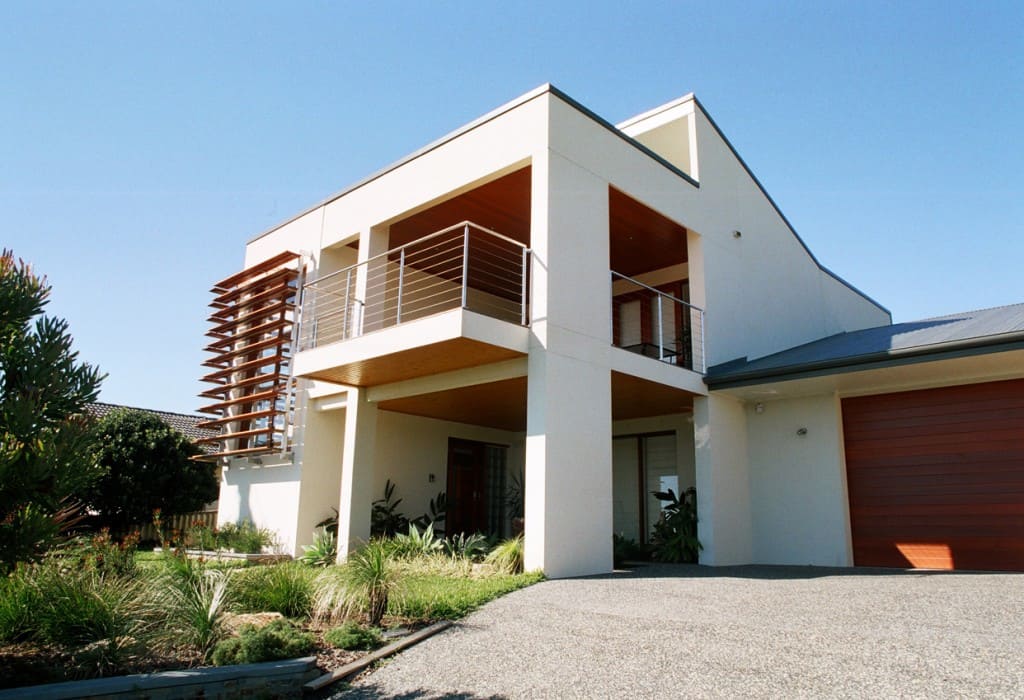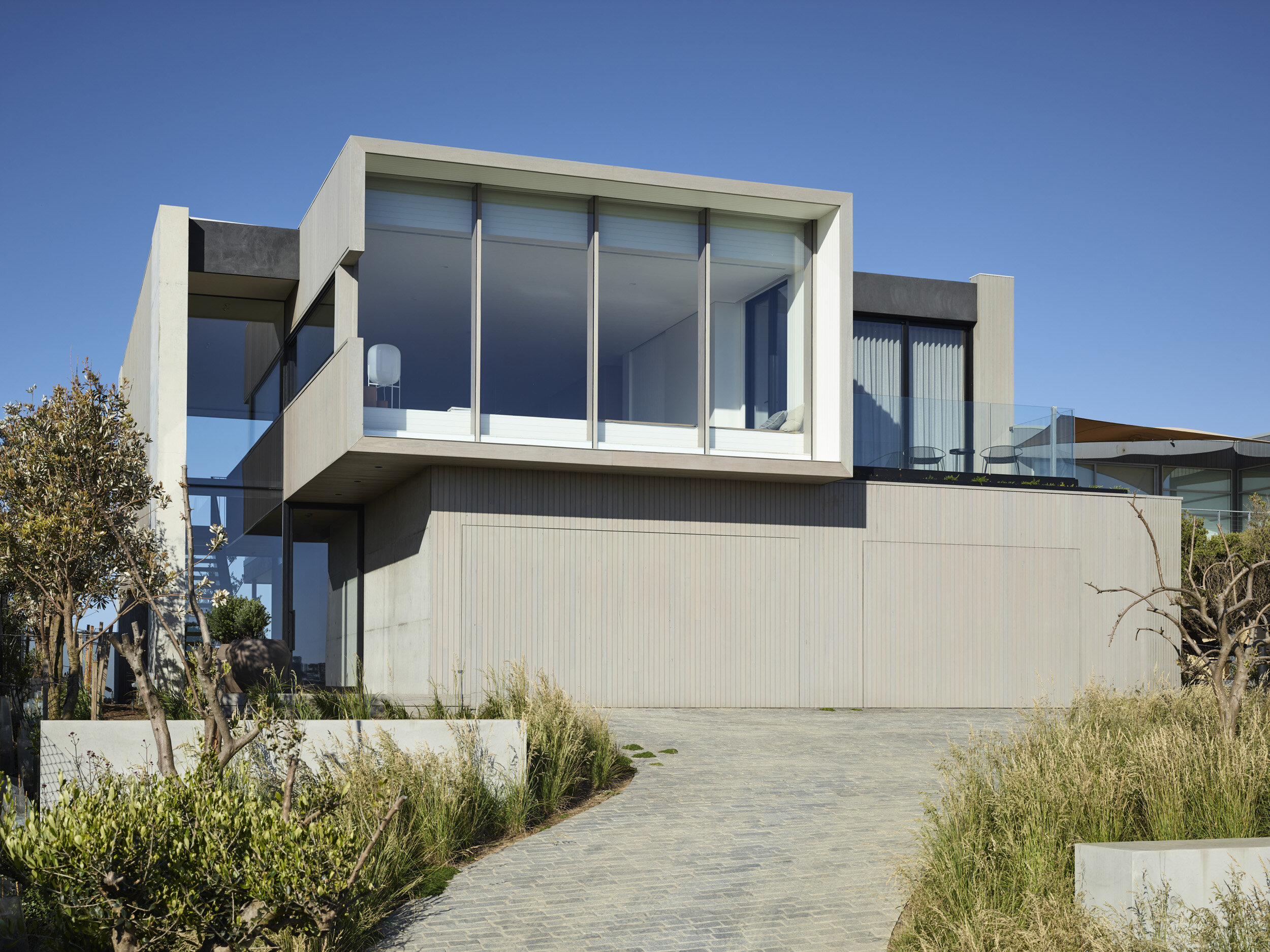Residential Architects: Creating Beautiful, Functional Spaces for Every Home
Wiki Article
Leading Trends in Residential Architecture You Must Learn About
As domestic design proceeds to develop, numerous engaging fads are shaping the means we design and occupy our living rooms. Key advancements such as sustainable structure methods, the assimilation of clever home technology, and the surge of modular homes highlight a significant shift towards both performance and ecological responsibility. Furthermore, ideas like open strategy living and biophilic style are redefining our interaction with room and nature. Understanding these trends not only educates design selections yet also reveals more comprehensive implications for lifestyle and community - residential house architect. What might these innovations indicate for the future of domestic living?
Lasting Structure Practices
An increasing number of household projects are welcoming lasting building methods, driven by a growing recognition of ecological effect and power efficiency. This change is identified by the combination of environment-friendly materials, energy-efficient designs, and ingenious construction approaches. Builders and homeowners are progressively prioritizing the usage of renewable energies, such as bamboo and recycled steels, which not only reduce the carbon footprint however also boost the durability and aesthetic allure of residential properties.Incorporating energy-efficient systems is an additional critical aspect of lasting building - residential house architect. Attributes such as high-performance insulation, energy-efficient home windows, and solar panels are becoming standard in new domestic designs. These components not only add to lower energy intake but likewise provide significant long-term cost savings for homeowners
Moreover, the format of sustainable homes typically stresses all-natural light and ventilation, reducing the reliance on artificial lighting and environment control systems. Landscape design practices, such as xeriscaping, more advertise sustainability by minimizing water usage.
As the need for sustainable living remedies remains to increase, the property style market is poised to introduce and adapt, ensuring that future homes are not just ecologically responsible yet also comfortable and functional for their residents. - residential house architect
Smart Home Modern Technology
Smart home innovation is revolutionizing the means house owners communicate with their home, enhancing comfort, power, and safety and security administration. This ingenious method incorporates various devices and systems, allowing individuals to control their homes from another location or through automated processes. Central to this fad is the use of smart gadgets such as thermostats, lighting, safety and security cameras, and appliances, all connected using the Internet of Points (IoT)One of the most attractive features of wise home technology is the capability to customize settings for optimum power efficiency. Home owners can keep an eye on power use and adjust lights, cooling, and heating based upon their routines, considerably lowering utility expenses. In addition, advanced security systems equipped with smart locks and surveillance electronic cameras give satisfaction, making it possible for remote surveillance and alerts to prospective protection violations.
Combination with voice-activated aides boosts user experience, allowing homeowners to manage gadgets with straightforward voice commands. As modern technology continues to progress, the capacity for clever home systems to improve lifestyle expands, making them an important factor to consider in modern-day household style. Inevitably, wise home innovation is not just a pattern yet a fundamental shift towards much more smart living environments.
Open Concept Living
Open concept living has become a specifying attribute in modern household architecture, characterized by the elimination of typical barriers in between rooms. This style viewpoint promotes fluidness and connectivity within the home, allowing for a smooth change in between locations such as the cooking area, dining, and living rooms. By eliminating walls and dividings, open idea designs create a sense of spaciousness, cultivating an inviting atmosphere that enhances social communication.
Furthermore, this method to domestic style straightens with minimalism, concentrating on useful simpleness and aesthetic coherence. Homeowners appreciate the adaptability of these designs, which can be easily adapted to reflect personal style through furniture arrangement and decoration. As open concept living proceeds to acquire grip, it continues to be a testament to advancing household characteristics and the need for homes that improve connection and convenience.
Biophilic Style
Biophilic layout has actually come to be progressively substantial in domestic architecture, highlighting the intrinsic link between people and nature. This design ideology seeks to integrate natural components Recommended Site right into living rooms, therefore cultivating a feeling of health and boosting the top quality of life for passengers. By integrating attributes such as natural light, greenery, and natural materials, biophilic style promotes a harmonious connection between interior settings and the environment.Crucial element of biophilic layout include huge windows that offer unobstructed sights of outdoor landscapes, living walls that introduce greenery right into insides, and open layout that motivate air flow and natural light penetration. Water functions, both within and outside the home, serve to produce continue reading this soothing environments and improve sensory experiences.
Additionally, the use of lasting materials not only sustains ecological stewardship yet also adds to healthier indoor air top quality. As recognition of environmental problems boosts, house owners are progressively focusing on styles that mirror their link to nature. Fundamentally, biophilic layout not just boosts aesthetic allure however likewise addresses emotional and psychological needs, making it a crucial pattern in modern domestic style.
Modular and Prefab Houses

Moreover, modular and prefab homes are created with sustainability in mind. Many suppliers make use of energy-efficient systems and green products, such as solar panels and advanced insulation methods, adding to minimized energy intake and lower utility expenses for house owners. The adaptability of design choices enables modification, satisfying diverse visual choices and important site useful demands.
As the need for budget-friendly real estate remains to increase, modular and prefab homes offer a viable service, addressing both financial and ecological obstacles. Areas are progressively identifying the capacity of these frameworks, integrating them into country and city settings. In general, the pattern toward prefab and modular homes symbolizes a change toward a lot more sustainable, efficient, and versatile living settings, making them a critical element of modern residential design.
Verdict
Sustainable structure methods and clever home technologies enhance performance and benefit, while open principle living and biophilic layout foster social interaction and a link to nature. The increase of modular and prefab homes uses personalized and cost effective options, showing a broader change towards functional and liable living.Trick advancements such as sustainable building methods, the integration of clever home technology, and the surge of modular homes emphasize a substantial change in the direction of both functionality and ecological responsibility.The rise of modular and prefab homes has actually changed the residential design landscape, providing cutting-edge options for reliable and lasting living.Additionally, modular and prefab homes are made with sustainability in mind. Overall, the pattern toward prefab and modular homes indicates a shift towards more sustainable, reliable, and versatile living settings, making them a critical aspect of modern domestic style.
Lasting building methods and wise home modern technologies boost performance and comfort, while open concept living and biophilic style foster social interaction and a connection to nature.
Report this wiki page